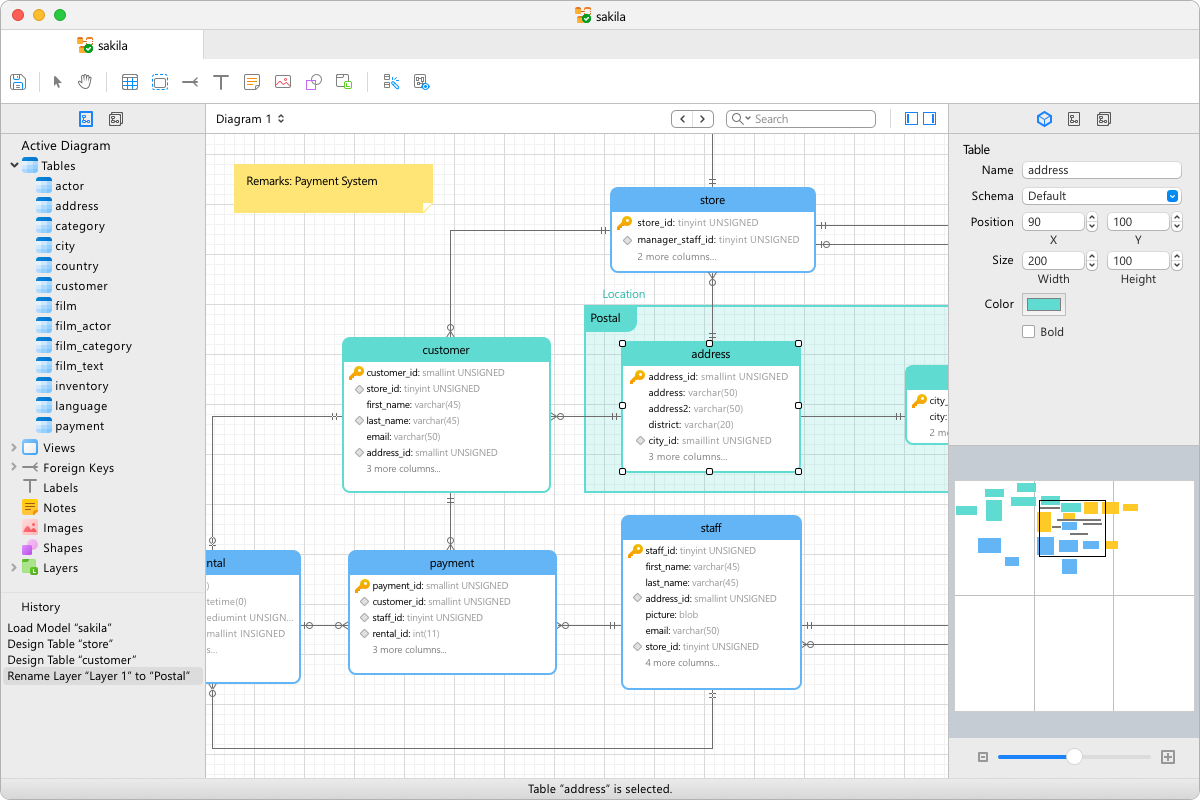


However, unlike a frame, it cannot be displayed on its own. A frame is defined by the JFrame class.Ī panel is also a container. It contains a standard small buttons in the corner of the frame that allow the frame to be minimized, maximized and closed. It can be repositioned on the screen and resized as needed by dragging it with the mouse. A frame is displayed as a separate window with its own title bar. Frames and panels are two examples of Java containers.Ī frame is a container that is used to display GUI-based Java applications. Both packages are needed for GUI development, but we should use Swing components whenever there is an option.Ī container is a special type of component that is used to hold and organize other components. The swing package was added later and provides components that are more versatile than those of the AWT package. It still contains many important classes such as the Color class. The Abstract Windowing Toolkit (AWT) was the original Java GUI package. Java components and other GUI-related classes are defined primarily in two packages: java.awt and javax.swing. GUI components include labels, buttons, text fields, scroll bars, menus and many more. A GUI component is an object that represents a screen element that is used to display information or to allow the user to interact with the program in a certain way. Java also has capabilities to create programs with graphical user interfaces (GUIs). Java applets are a Java program that is intended to be embedded in a web page and executed through a browser. You should be familiar with the graphics and images displayed inside web pages that use Java applets. Other than command-line applications which interact with the user only through simple text prompts, Java application can have graphical components as well. Some Notes on Java GUI from the Plain Old Java Code View The following is the Java desktop GUI from the previous tutorial and we faced a problem regarding the Stud Date Of Birth that was not properly displayed, only the day was displayed. All credits must go to the original authors. In this tutorial we will continue customizing our Java desktop GUI and MySQL database project. Pre requirement: NetBeans 6.x.x, MySQL 5.x.x and already completed Tutorial 1. Some Notes on Java GUI from the Plain Old Java Code View.

MySQL Database and Java Desktop GUI Part 2


 0 kommentar(er)
0 kommentar(er)
